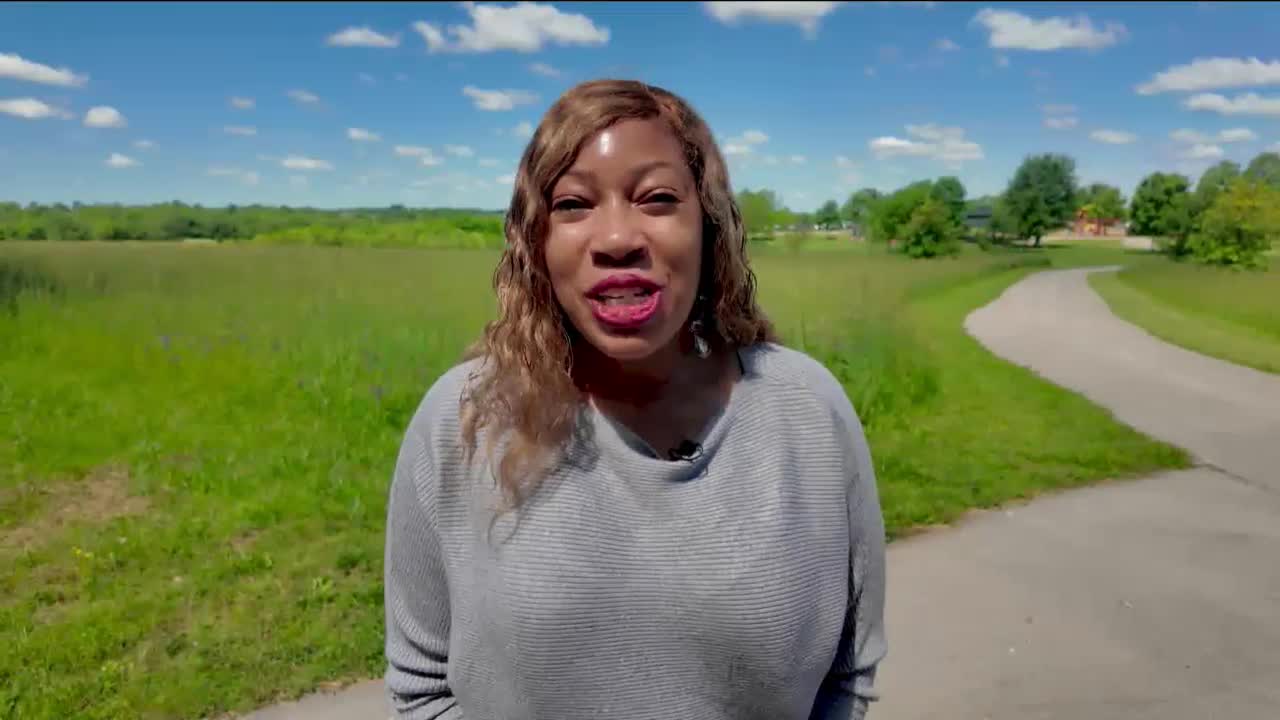Council member Shayla Lynch promotes tree planting in Madison Station Park
July 03, 2025 | Lexington City, Fayette County, Kentucky
This article was created by AI summarizing key points discussed. AI makes mistakes, so for full details and context, please refer to the video of the full meeting. Please report any errors so we can fix them. Report an error »

Lexington's commitment to enhancing its urban environment took center stage during a recent city council meeting, where discussions highlighted significant initiatives aimed at improving the city's tree canopy and pedestrian safety.
Council member Shayla Lynch led a conversation with Tim Joyce from the Parks and Recreation Department, focusing on the importance of tree planting in local parks. Joyce explained that the city’s parks master plan, established in 2016, identified a community desire for more trails and shade. In response, the city has made strides in planting trees along trails, particularly in Madison Station Park, where residents expressed the need for more shade. This initiative not only enhances the aesthetic appeal of the parks but also contributes to a cooler environment, reducing temperatures by up to 20 degrees in shaded areas.
Joyce emphasized the importance of using native tree species for planting, which require less maintenance and thrive in the local climate. He encouraged residents to report fallen trees or other maintenance issues through a 3-1-1 request system, ensuring prompt action from city services. Additionally, he highlighted the role of community advocacy in tree planting efforts, urging residents to contact their council members to express their needs and desires for more trees in their neighborhoods.
In a separate discussion, Heather Wilson, the senior program manager for urban forestry, elaborated on the benefits of a robust tree canopy. She noted that trees not only provide shade and lower utility bills but also improve mental health and reduce stormwater runoff. With the Second District having the lowest tree canopy score in Lexington, Wilson encouraged residents to plant trees on their properties and support local businesses in doing the same.
The meeting also introduced a new pilot project aimed at improving pedestrian safety on East High Street. Council member Hannah Lagree announced plans to implement traffic calming measures, including new parking spots, a loading zone, and a protected bike lane. This initiative, set to begin in early June, reflects community feedback and aims to create safer streets for all residents.
These discussions underscore Lexington's proactive approach to urban planning and environmental stewardship, with tangible actions that promise to enhance the quality of life for its residents. As the city moves forward, community involvement and advocacy will be crucial in shaping a greener, safer Lexington.
Council member Shayla Lynch led a conversation with Tim Joyce from the Parks and Recreation Department, focusing on the importance of tree planting in local parks. Joyce explained that the city’s parks master plan, established in 2016, identified a community desire for more trails and shade. In response, the city has made strides in planting trees along trails, particularly in Madison Station Park, where residents expressed the need for more shade. This initiative not only enhances the aesthetic appeal of the parks but also contributes to a cooler environment, reducing temperatures by up to 20 degrees in shaded areas.
Joyce emphasized the importance of using native tree species for planting, which require less maintenance and thrive in the local climate. He encouraged residents to report fallen trees or other maintenance issues through a 3-1-1 request system, ensuring prompt action from city services. Additionally, he highlighted the role of community advocacy in tree planting efforts, urging residents to contact their council members to express their needs and desires for more trees in their neighborhoods.
In a separate discussion, Heather Wilson, the senior program manager for urban forestry, elaborated on the benefits of a robust tree canopy. She noted that trees not only provide shade and lower utility bills but also improve mental health and reduce stormwater runoff. With the Second District having the lowest tree canopy score in Lexington, Wilson encouraged residents to plant trees on their properties and support local businesses in doing the same.
The meeting also introduced a new pilot project aimed at improving pedestrian safety on East High Street. Council member Hannah Lagree announced plans to implement traffic calming measures, including new parking spots, a loading zone, and a protected bike lane. This initiative, set to begin in early June, reflects community feedback and aims to create safer streets for all residents.
These discussions underscore Lexington's proactive approach to urban planning and environmental stewardship, with tangible actions that promise to enhance the quality of life for its residents. As the city moves forward, community involvement and advocacy will be crucial in shaping a greener, safer Lexington.
View full meeting
This article is based on a recent meeting—watch the full video and explore the complete transcript for deeper insights into the discussion.
View full meeting
